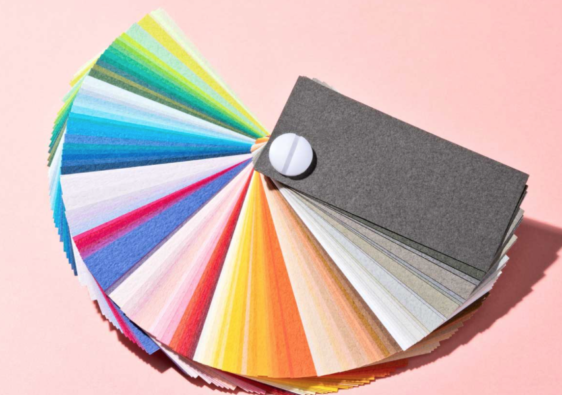Did you know that springtime means that the oil in poison oak and ivy is more potent than usual? That means that it’s going to be much stronger if you get it in spring. And walking with kids means poison oak awareness!
How Not to Get Poison Oak
The bad news: there really isn’t a way except staying out of it, and anyone with kids knows this is a tough one. Beyond the basics of:
- talking with your kids about it beforehand
- stopping to point out what it looks like
- teaching the “leaves of three, let it be” line
- discussing the shape of the leaves (oak-lie ridges) and color (red tinged)
- being aware of how the rash occurs: potent oils in the leaves spread on your skin and cause a reaction
…there really isn’t much you can do once you’ve got it. This irritating plant grows quite close to trails. Trail and park volunteers work to cut it back, but the fact is, it’s all over the place.
How to Treat Poison Oak
So your child has run after a lizard and is standing smack in the middle of poison oak at the base of a tree. “Is that…..?” you start asking, but your heart sinks, because of course it is.
At the scene:
- Wash the affected skin with water.
- Do not use warm water as that will spread the oil.
- Blot a tissue with water and dab the skin.
- If you have wipes with alcohol in them, use those– alcohol dissolves the oil
At home:
- Wash all clothing immediately–separately from other clothes.
Natural remedies:
Barring a supply of calamine in the closet (and honestly, who has that on hand?), you may be desperate and in need of a quick home remedy. Of course if the rash is severe, call your doctor.
1. Aloe vera. Apply this to the area to cool the sting.
2. 1% hydrocortizone cream.
3. Homeopathic pastes. There are several to try, but seriously, who keeps a supply of lavender oil and neem oil on hand? Here are some of the ones most likely for you to have the ingredients on hand:
- Baking soda. Mix a paste of of 3 parts baking soda to 1 part water. Leave the baking soda paste to dry, and allow it to crack or flake off. Reapply this paste every few hours.
- Banana peels. Apply peels to the area to soothe.
- Apple cider vinegar. Apple cider vinegar can help expedite the healing process. Use a cotton pad to gently apply the vinegar to the area, or rinse it with a mixture of equal parts vinegar and water.
Things Not to Do:
If you’ve already freaked out and posted on Facebook “Got poison oak–what should I do???” you may have gotten a variety of answers. Here are some of the incorrect ones:
- Using warm or lukewarm water, or soaking in a bath of warm water. Do not do this. It will spread oil.
- Using corrosive agents like bleach. NO.
If you’ve experienced poison oak and had a successful home remedy, leave a comment and let me know!

